The plant alocasia (Alocasia) is considered a member of the Aroid family. This genus unites about 70 species that can be found in natural conditions in the tropical part of Asia. Alocasia is cultivated only as an ornamental leafy plant, since it can bloom in culture only in greenhouse conditions.
Content
Features of alocasia
Alocasia is an evergreen plant that can have a distinctly visible trunk, or it can be stemless (depending on the species). The height of the bush is about 200 cm, but some species are never higher than 30–40 cm. The shape of leathery dense petiolate leaf plates is arrow-shaped or pointed-heart-shaped, and in length they can reach up to 100 centimeters (depending on the species). This plant can be grown as a single plant and can also be used in flower arrangements. In care, it is unpretentious, thanks to which it can often be found both in offices and in apartments.
Brief description of cultivation
- Bloom... Alocasia is cultivated as an ornamental deciduous plant, because when grown at home, it blooms extremely rarely.
- Illumination... Variegated forms need a lot of bright, but diffused light, and green-leaved ones can grow in a little shade. Scorching direct rays of the sun can harm any of the species of this plant.
- Temperature regime... In the spring-summer period - from 23 to 25 degrees, in the winter months - about 20 degrees, but not less than 18 degrees.
- Watering... During the growing season, it is necessary to water abundantly and only after the top layer of the soil mixture has dried. In the cold season, the soil mixture is moistened only after 1–2 days have passed after its surface has dried.
- Air humidity... It should be tall. The foliage must be systematically moistened with a sprayer or wiped with a damp cloth. On hot days, moistened pebbles are poured into the pan and a pot is placed on it.
- Fertilizer... During the growing season, the flower is fed once every 15 days, for this, complex mineral fertilizers for decorative deciduous plants and organic matter are alternately used.
- Dormant period... It begins in the middle of autumn and ends in early spring.
- Transfer... While the plant is young, it is transplanted every year, and a more mature bush is transplanted once every 2 or 3 years. This procedure is carried out in the spring.
- Soil mixture... Coniferous, leafy and peaty soil, and also sand (2: 2: 2: 1). A handful of charcoal is poured into the finished substrate.
- Reproduction... By cuttings and seed method.
- Harmful insects... Scabbards, spider mites, aphids and mealybugs.
- Diseases... Alocasia can only get sick if it is not properly cared for or kept in conditions that are not suitable for it.
- Properties. This plant contains poison.
Home care for alocasia
Illumination
Alocasia must be grown in a well-lit place, while the light must be diffused. Do not allow direct sunlight to hit the flower, as they can harm it. The best for growing it is a window sill with an eastern or western orientation, and if a southern window is chosen for this, then the plant will have to be shaded from direct sunlight. Remember that variegated species are more demanding on lighting, since with a lack of light, foliage can lose its spectacular color, and green-leaved forms can be grown both in a well-lit place and in little shade.
Temperature regime
Prevent alocasia from being exposed to drafts. In the spring and summer months, the air temperature should be about 23-25 degrees. In winter, make sure that the room is not colder than 18 degrees, and best of all during this period the plant feels at a temperature of about 20 degrees.
Watering
During the growing season, the plant needs abundant regular watering, which is carried out immediately after the top layer of the soil mixture in the pot dries out. With the onset of autumn, a gradual reduction in watering is carried out, and in winter, the substrate in the pot must be moistened only after one or two days have passed after the top layer of the soil mixture has dried. Make sure that the clod does not dry out completely, however, stagnant water is also very harmful to the flower. After 15 minutes after watering, drain the excess water from the sump.
Moisturizing
A houseplant should be systematically moistened (preferably every day) from a spray bottle using warm water, it is also recommended to wipe the foliage surface with a moistened sponge, and this is done every 3-4 days. In order for the level of air humidity to be high enough, it is recommended to pour wet pebbles into the pallet, on which the pot with the plant is placed, or an open vessel filled with water can be placed near the flower.
Fertilizer
Top dressing is carried out only during the growing season in the spring and autumn period. Alocasia is fed once every 15 days, and for this purpose, a complex mineral fertilizer for decorative deciduous plants and organic matter is used alternately.
Alocasia transplant
The plant is transplanted in the spring, while young bushes are subjected to this procedure once a year, and adults - once every 2 or 3 years. The pot must be high, at its bottom a thick drainage layer must be made, for the creation of which you can use pebbles, expanded clay or pieces of brick. A suitable soil mixture for replanting should consist of leaf, peat and coniferous soil, and also sand (2: 2: 2: 1). You can also use a substrate consisting of turf, humus and leafy soil, as well as sand and peat (2: 2: 2: 1: 1). In order for the root system of the bush to suffer as little as possible from stagnation of water in the soil mixture, it is recommended to pour a handful of fine charcoal into it.
If desired, the transplant can be carried out by the transshipment method, in which case the new planting capacity should only be 20 mm larger than the old one. Carefully remove the bush from the pot along with the lump of earth and place it in a new pot, then fill all the voids with the prepared soil mixture.
Reproduction methods
Growing from seeds
Florists grow from seeds only those species and varieties of alocasia, the foliage of which has a uniform color. When grown from seeds of variegated forms, it is highly likely that the seedlings that have appeared will not retain the varietal characteristics of the parent plant. Fill the container with a soil mixture consisting of peat and sand (1: 1), the seeds are spread over its surface and only slightly pressed into the substrate. The crops are covered from above with a film (glass) and removed to a warm (about 24 degrees) place. Provide crops with regular watering and ventilation. The appeared seedlings, after they get stronger, dive into separate pots. And when the plants grow up, they are dived once more into pots, reaching 70 mm in diameter. After the root system of a young plant becomes very cramped, it is transferred into a larger pot and begins to look after like an adult flower.
Vegetative propagation
Alocasia can be propagated by different parts of the bush. However, whichever part you choose, on the rhizome or cuttings, the places of the cuts must be treated with chopped charcoal. For rooting, they are planted in a substrate, which includes peat and sand (1: 1). The container in which part of the bush was planted should be covered with a film, bag or glass on top, it is provided with systematic watering and airing. In order for rooting to be successful, the air temperature should be maintained at 22 to 24 degrees. When the first sprouts appear, the bush is transplanted into a temporary container, and after it gets stronger and its roots grow, it is transferred into a permanent pot.
Possible problems
- Alocasia is slowly growing... If you care for alocasia correctly, and the rest period is still far away, then most likely, the bush simply lacks nitrogen.
- Leaves wither... The wilting of the leaf blades can be associated with both a lack of moisture in the soil mixture, and with stagnation of liquid in the root system of the bush. It can also be due to an incorrectly selected soil mixture.
- Drying of the tips of the leaf plates... Most often this is due to too low humidity levels. Less commonly, this is due to excessively poor watering.
- The foliage becomes faded... This means that the flower does not have enough light, especially if a form with variegated foliage is grown. Very often, so that the variegated bush does not lose its spectacular color, it has to be highlighted.
- Dark spots appeared on the foliageThe formation of stains on the sheet plates can provoke sudden changes in temperature and drafts. More spots may indicate that alocasia is affected by a disease.
Harmful insects
As a rule, harmful insects settle on a bush weakened by improper care. Most often, such a plant is harmed by worms, aphids, ticks and scale insects.
Toxicity of alocasia
All parts of alocasia contain poison, so if you have pets or small children in your house, then you need to be very careful. Before starting to work with a flower, hands should be protected with rubber gloves, and then they are thoroughly washed with soap under running water.
Types of alocasia with photos and names
Alocasia amazonica (Alocasia amazonica)
The stem height of such a plant can reach no more than 15 centimeters. On pinkish-green petioles, reaching about 0.5 m in length, thyroid leaf plates grow. The notched uneven plate, divided into lobes, is about 20 centimeters wide and up to 50 centimeters long. Dark green leaf plates are decorated with white veins, as well as stripes of the same color extending from them.When grown at home, the species does not flower or bear fruit. However, if, nevertheless, the bush blooms, then it has a low peduncle, at the top of which a flower-cob is formed, the length of which is about 10 centimeters, it is covered with a blanket of greenish-white color.
Alocasia Sandera (Alocasia sanderiana)
This hybrid is most often cultivated in a greenhouse. The root system is a tuberous rhizome. The leaf plates have brownish-green petioles, the length of which can vary from 0.25 to 0.5 m. The green, elongated arrow-shaped leaf plates are about 40 centimeters long and up to 15 centimeters wide. The plate is divided into lobes and is decorated with greenish veins, the edge with grooves of a pale color.
Alocasia lowii
The height of a bush with a short trunk can reach about 100 cm. Long petioles are attached to the middle of the leaf plate. The foliage is green, and its veins can be the same color or white, while its seamy surface is purple. Leaves are both oval and arrow-shaped. The species can be easily propagated by offspring that form on the roots.
Alocasia copper-red (Alocasia cuprea)
The short stem is about 10 centimeters long and can be buried underground. The length of the petioled ovate-heart-shaped leaf plates is about 30 centimeters, their front surface is green with a copper tint, and the back is bright purple. The leaves are slightly leathery to the touch. Indoors, flowers and fruits are not formed on the bush.
Alocasia napellus (Alocasia cucullata)
In diameter, the trunk of such a plant reaches about 50 mm, and its height can vary from 50 to 100 cm.The length of the petioles can also vary from 30 to 50 cm.The dark green glossy foliage is pointed in the upper part, and at the base it has notch. The width of the leaves is about 80 cm, and the length is up to 100 cm. When grown at home, only large specimens bloom. In height, the peduncle reaches from 20 to 30 centimeters, a small ear is formed at its top, which is covered with a veil slightly exceeding its size (length is about 15 centimeters).
Alocasia large-root (Alocasia macrorrhizos)
Or Indian alocasia (Alocasia indica). The length of the trunk reaches about two meters, long petioles (about 100 cm) extend from it, on which leaf plates grow. In heart-ovate leaves, the base is divided into lobes, their length is about 100 cm, and their width is slightly less. At home, flowers are very rare. During flowering, a peduncle grows about 30 centimeters long. And on it, a 20-centimeter ear is formed, which is covered with a greenish-yellow blanket of the same size.
Alocasia odorous (Alocasia odora)
Herbaceous perennial plant. Petiolate, leathery to the touch, leaf plates reach about 0.7 m in width and up to 1 m in length. The shape of young leaves is thyroid, and the adult plate is elongated and has a linear-ovoid shape; it is divided at the base. At home, it blooms extremely rarely, the flowers have a specific smell.

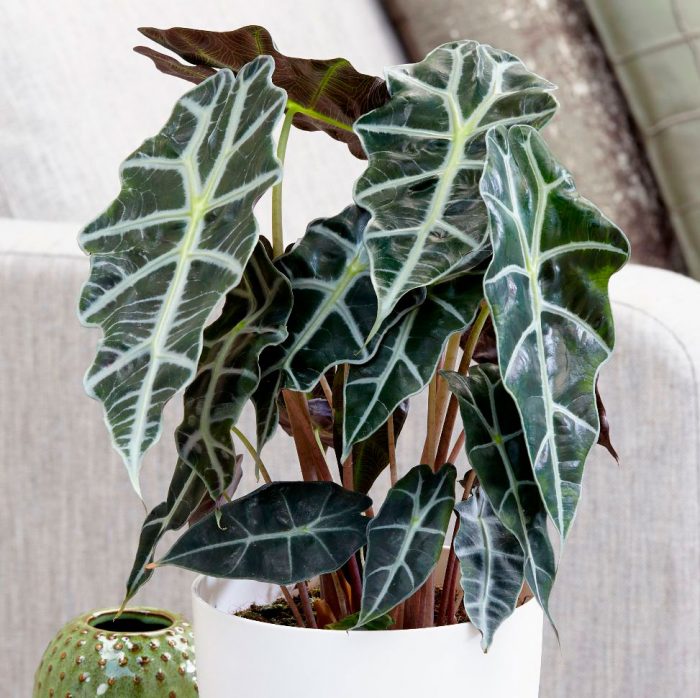
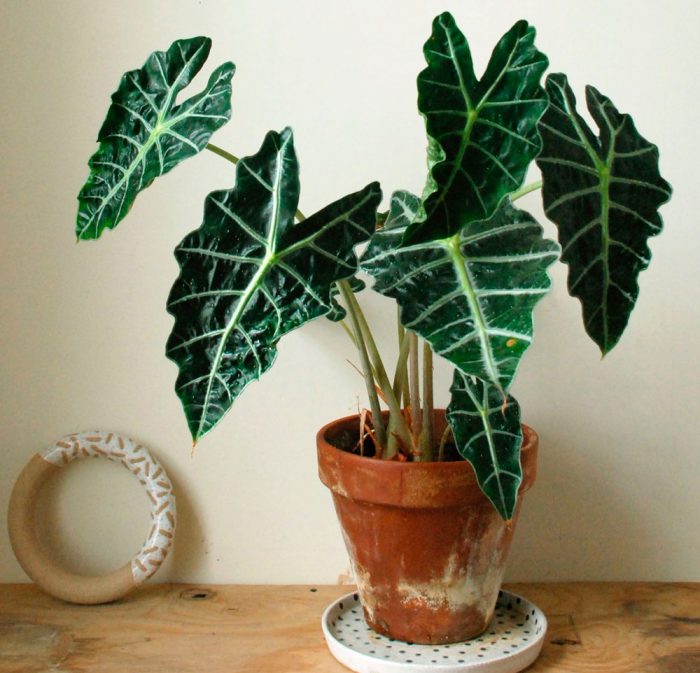
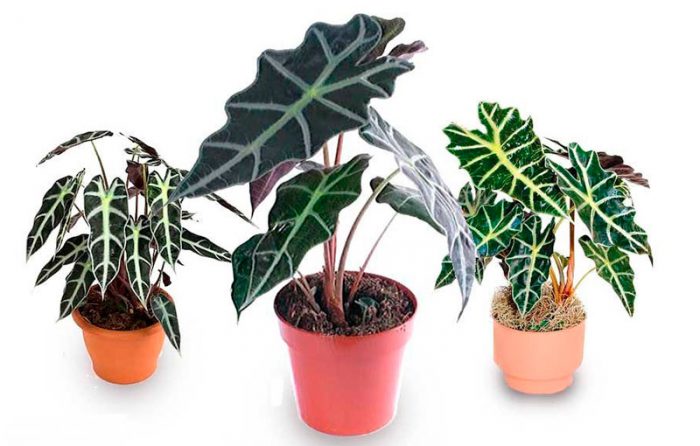
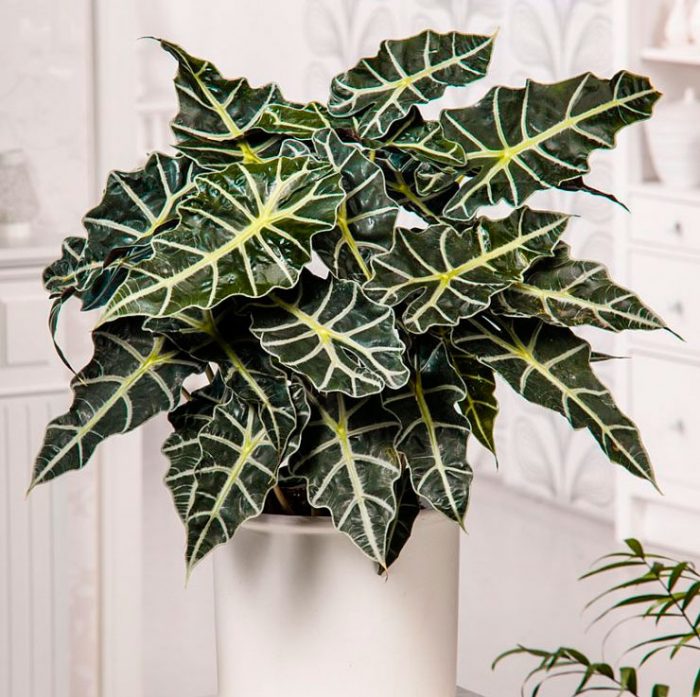
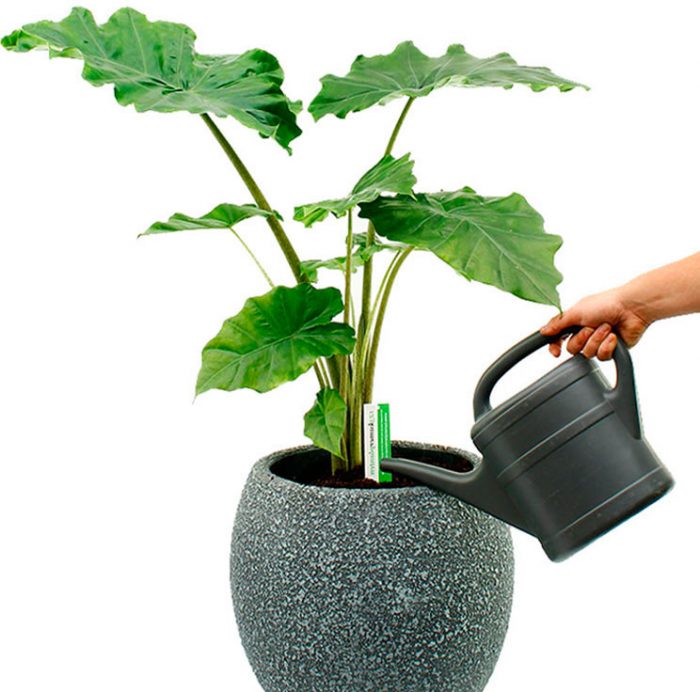
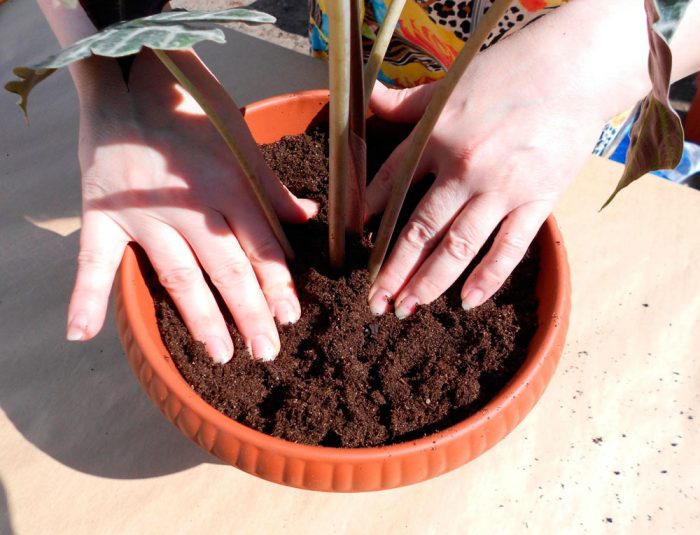

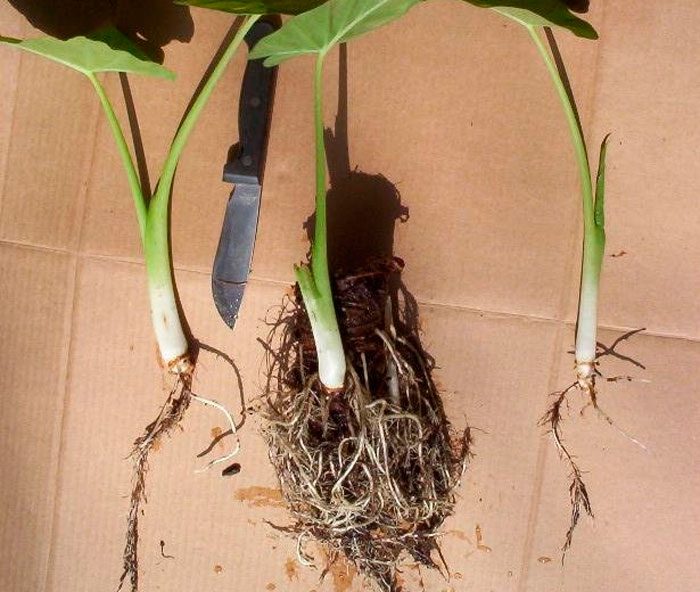

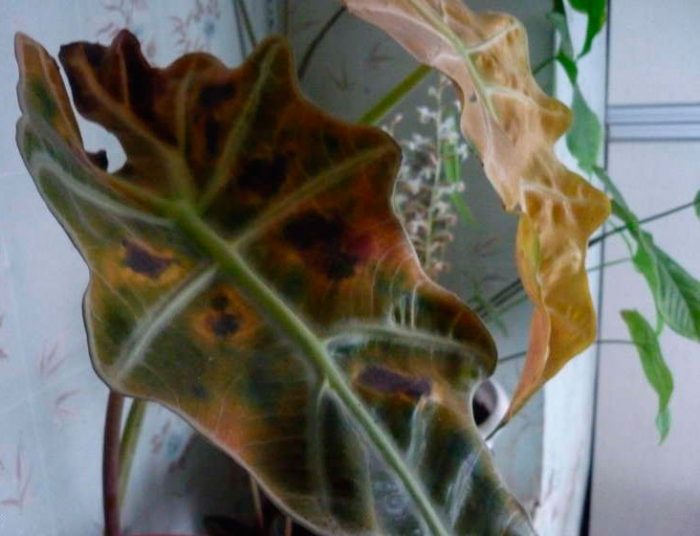
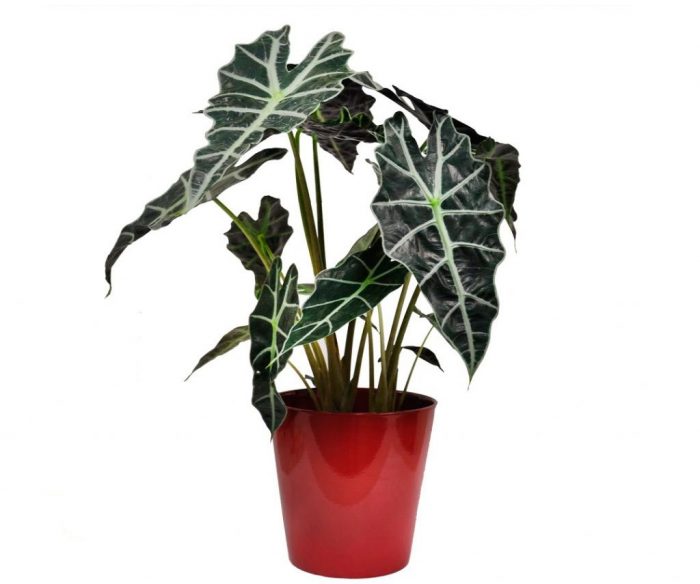
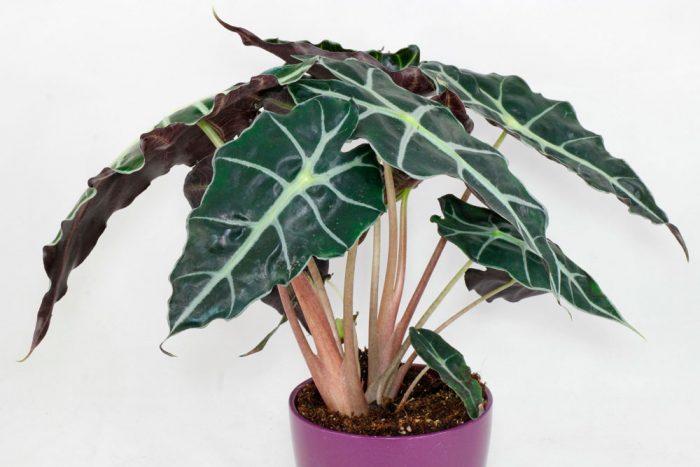
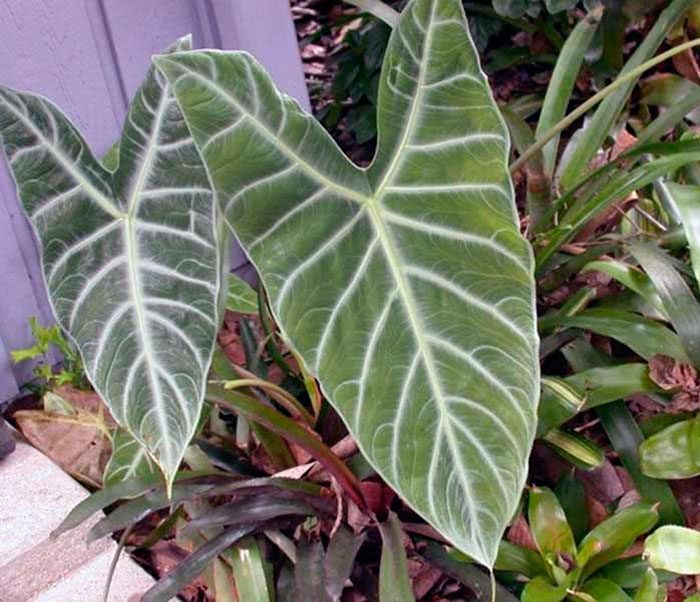
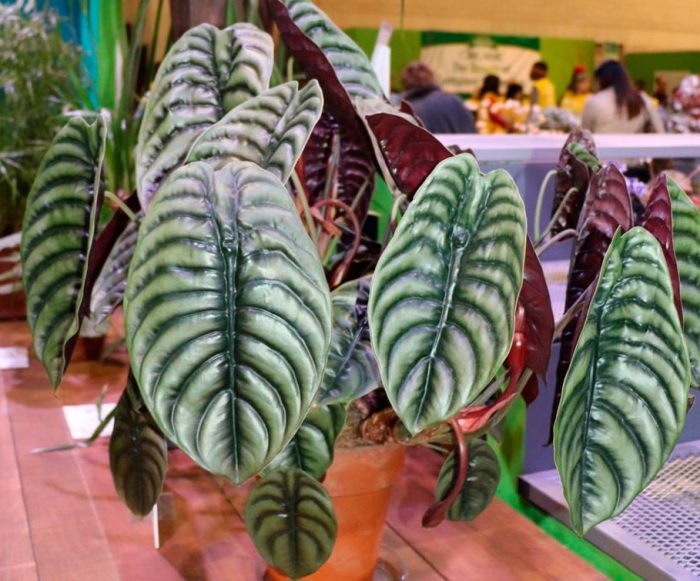
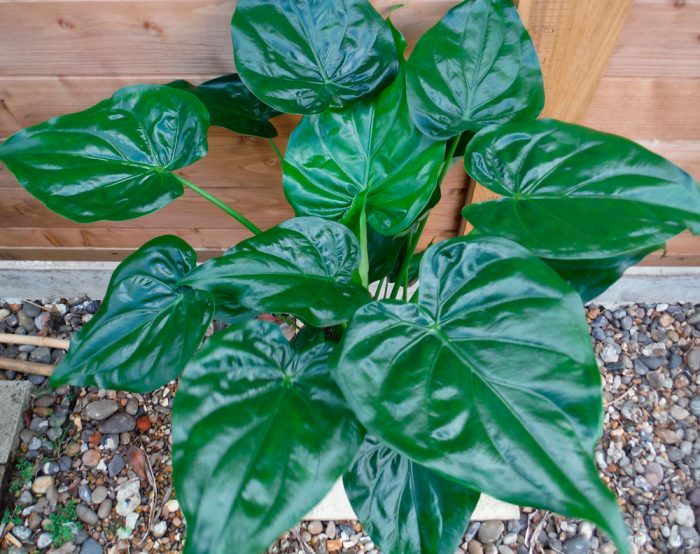
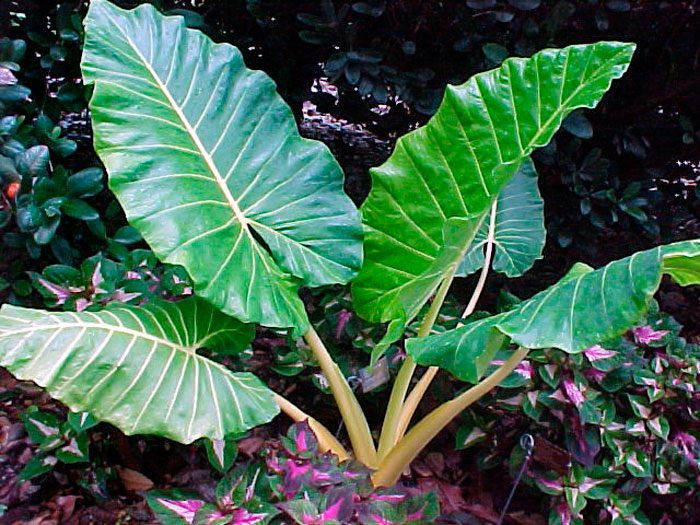
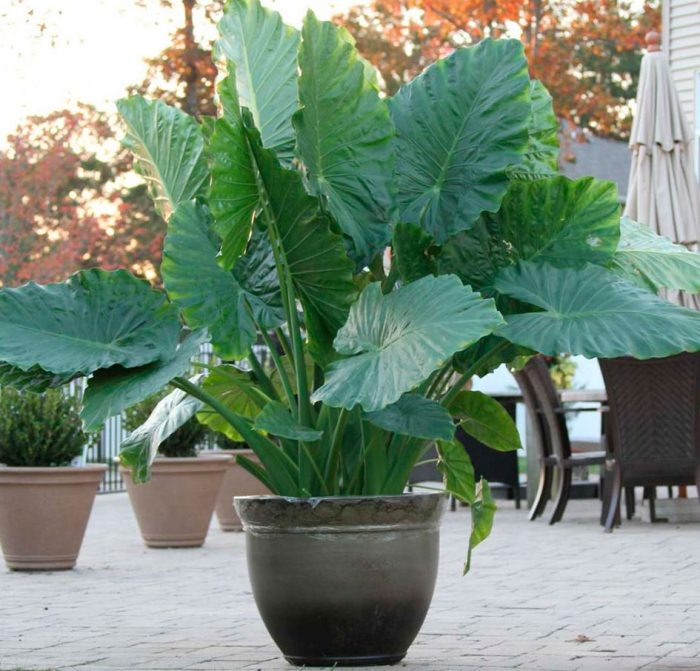


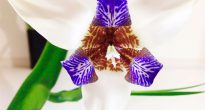
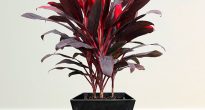
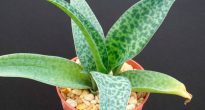
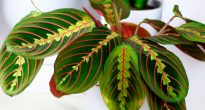
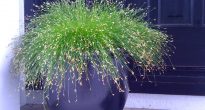
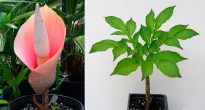
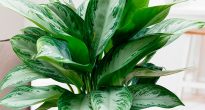
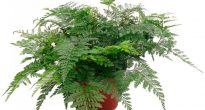

I have Sander's alocasia. A wonderful alien. With a huge number of indoor plants I have, alocasia is the most spectacular. I don't understand why you are writing about the need to humidify it and the need for high humidity? Alokaziya perfectly exists for me without any moisture. Even the tips of the leaves do not dry out. On the contrary, it does not tolerate high humidity. It is a living barometer in the house. Begins to "cry" with the oncoming rain, because it CANNOT RECEIVE A LARGE AMOUNT OF MOISTURE with high humidity and will release excess moisture through the foliage in the form of drops.
I would like to know if it is true that when a new leaf is born, one of the old ones dies?